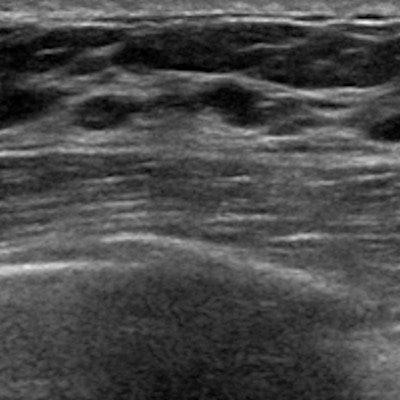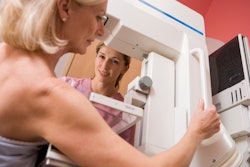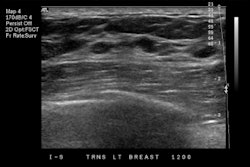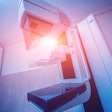
An AI model can accurately predict malignancy on breast ultrasound based on BI-RADS assessment, according to research published December 11 in Academic Radiology.
A team led by Nilgun Guldogan, MD, from Acibadem Altunizade Hospital in Istanbul, Turkey, found that an AI method showed comparable performance to that of radiologists and can help avoid unnecessary biopsies and follow-up exams.
“By considering AI-assigned BI-RADS 2 as safe, we could potentially avoid 11% of benign lesion biopsies and 46.2% of follow-ups,” the Guldogan team wrote.
Previous studies have demonstrated how AI can be applied to breast ultrasound. These studies have shown how AI aids in image interpretation, reduce false-positive cases, and potentially help decrease the workload of radiologists.
Guldogan and colleagues evaluated the performance of a commercially available AI system (Koios DS Study Tool, version 2.3.0, Koios Medical) for BI-RADS category assessment in breast masses detected on breast ultrasound. The researchers included data from 715 breast masses detected in 530 women. Of the total masses included, 134 were malignant while 581 were benign.
In their multicenter study, the researchers included three breast imaging centers from the same institution and nine breast radiologists. One radiologist performed an ultrasound exam, obtaining two orthogonal views of each detected lesion. From there, a second radiologist retrospectively reviewed the images, being blinded to the patient’s clinical data.
The researchers found moderate agreement between the AI model and the radiologists when it came to discriminating benign and probably benign from suspicious lesions.
Comparison of performance between AI, radiologists for predicting malignancy on breast ultrasound based on BI-RADS assessment
| Measure | Radiologist 1 | Radiologist 2 | AI |
| Sensitivity | 98.51% | 80.72% | 97.76% |
| Specificity | 75.56% | 98.51% | 65.40% |
Positive predictive value | 54.10% | 47.99% | 39.64% |
| Negative predictive value | 99.58% | 99.32% | 99.48% |
| Accuracy | 84.06% | 79.72% | 71.61% |
The AI model confirmed that no lesions categorized as BI-RADS 2 were malignant, while two lesions categorized as BI-RADS 3 were confirmed to be malignant. The team reported that by considering BI-RADS 2 lesions as categorized by AI as safe, radiologists could potentially avoid 18 out of 163 of benign lesion biopsies and 110 out of 238 follow-ups.
Furthermore, the algorithm hypothetically downgraded 29.4% (142/483) of the BI-RADS 3, 4, and 5 lesions to BI-RADS 2 or 3. It also upgraded 122 out of 470 benign or possibly benign lesions as suspicious, with a low risk of malignancy.
The study authors suggested that based on these results, AI’s implementation into clinical workflows could contribute to sustainability in healthcare practices.
“As radiologists are provided with complete clinical data, the value of AI will be much greater when used in conjunction with the physician’s evaluation,” they wrote.
The study can be found in its entirety here.



















